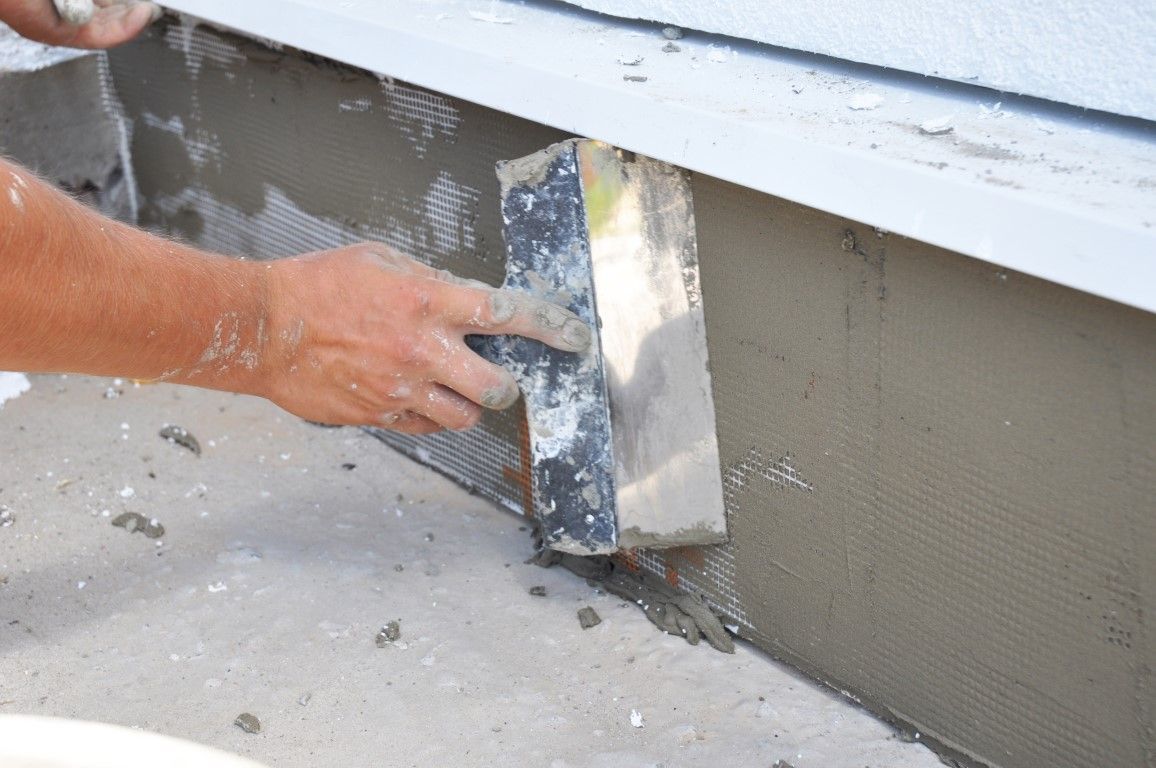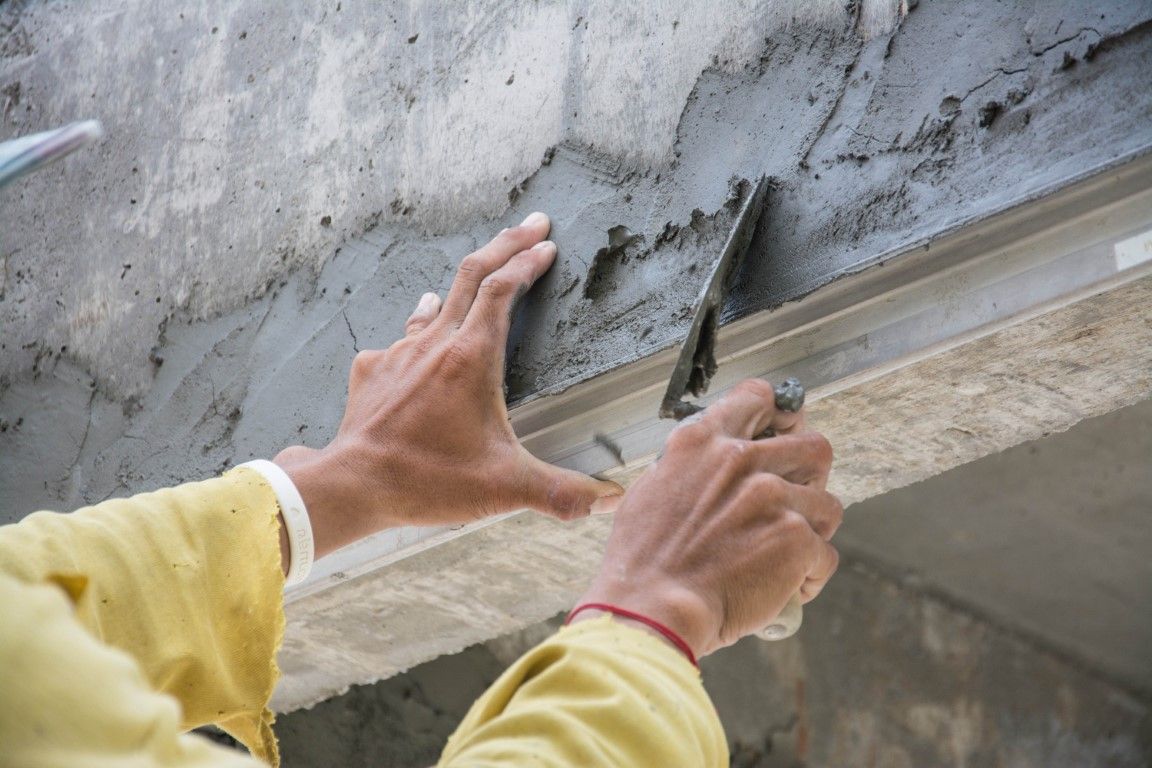Hawthorne Concrete Pros
424-391-3776
Foundations & Retaining Walls in Hawthorne, CA
Concrete foundations and retaining walls in Hawthorne, CA are essential components in construction that serve distinct but equally crucial functions. Foundations support the weight of a building, distributing it evenly to prevent settling or shifting. Retaining walls, on the other hand, hold back soil and manage water runoff, preventing erosion and maintaining the stability of landscapes. Where diverse soil conditions and variable weather can challenge structural integrity, these elements are vital for safe and durable construction.
-
Materials Used in Retaining Walls
Retaining walls in Hawthorne typically utilize various materials, each offering unique benefits. Concrete is a popular choice due to its durability and versatility. Reinforced concrete, which includes steel bars or mesh, provides additional strength to withstand pressure from soil and water. Other materials used may include natural stone, brick, and concrete blocks. Each material choice depends on factors such as aesthetic preferences, structural requirements, and budget constraints.
-
Types & Key Components of Concrete Foundations
Concrete foundations come in several types, each suited to different construction needs. The most common types include:
- Spread Footing Foundations: These are used for buildings with load-bearing walls, spreading the load across a larger area.
- Slab-on-Grade Foundations: A single concrete slab that rests directly on the ground, ideal for areas with minimal frost risk.
- Pier and Beam Foundations: Elevated on piers or columns, this type allows for ventilation and access under the building.
Key components of concrete foundations include the footing, which supports the foundation; the foundation walls, which carry the load from the structure; and the slab, which provides a level surface for the building. Each component plays a crucial role in ensuring the stability and longevity of the foundation.
-
Installation and Maintenance
Installing concrete foundations and retaining walls requires careful planning and execution. For foundations, the process begins with site preparation and excavation. Formwork is then set up to mold the concrete, followed by pouring and curing. Proper curing is essential to ensure the concrete reaches its full strength. Retaining walls involve similar steps but also require careful consideration of drainage systems to manage water pressure. Maintenance of concrete structures involves regular inspections to check for signs of wear or damage. For foundations, it’s crucial to monitor for cracks, shifting, or settling. Retaining walls should be inspected for signs of erosion, bulging, or water damage. Addressing these issues promptly helps extend the lifespan of the structures and maintains their effectiveness.
-
Common Issues and Solutions
Several common issues can affect concrete foundations and retaining walls. Cracks in foundations can result from settlement, temperature changes, or poor construction practices. Addressing these involves reinforcing the foundation or using epoxy injections to seal the cracks. For retaining walls, common problems include leaning or bulging due to improper drainage or soil pressure. Solutions may involve installing proper drainage systems, reinforcing the wall with additional materials, or rebuilding sections of the wall to ensure stability.

Contact Us
We will get back to you as soon as possible.
Please try again later.
Why Use Concrete
Concrete is a preferred material for
concrete driveways & patios,
concrete repair & resurfacing, foundations and retaining walls due to its strength, durability, and versatility. It withstands various environmental conditions, including moisture and temperature fluctuations, better than many other materials. Concrete is also fire-resistant and low-maintenance, making it a cost-effective choice for long-term projects. Its adaptability allows for customization in both structural and aesthetic aspects, providing both functionality and visual appeal. If you’re planning a construction project, and need reliable concrete foundations or retaining walls, we’re here to help. Our team of experienced professionals can guide you through every step, from design to installation and maintenance. Contact us today to discuss your project needs and discover how we can provide the perfect solutions for your construction requirements.
Concrete Foundations vs. Other Materials: A Comparative Analysis
Choosing the right material for your building foundation is crucial for ensuring the stability and longevity of your structure. Concrete foundations are a popular choice, but how do they stack up against other materials like wood, steel, and masonry? This comparative analysis will explore the strengths and weaknesses of concrete foundations compared to alternative materials, helping you make an informed decision for your construction project.
-
Concrete Foundations
Concrete has been a traditional choice for foundations due to its strength, durability, and versatility. One of the major benefits of concrete is its ability to withstand significant stress and pressure. It’s resistant to natural elements, such as water and pests, which makes it ideal for a wide range of climates and soil conditions.
Concrete foundations can be categorized into several types, including slab-on-grade, crawl space, and full basement foundations. Each type offers different advantages depending on the project’s requirements. For instance, a slab-on-grade foundation is commonly used in areas with stable soil and provides a cost-effective solution. On the other hand, a full basement foundation provides additional living space and storage but requires more excavation and investment.
-
Wood Foundations
Wood foundations have seen a resurgence in certain types of construction, especially in residential projects. Wood offers flexibility and ease of installation compared to concrete. It’s often used for foundations in areas where the soil is less stable or where moisture is a concern. However, wood foundations have notable drawbacks, such as susceptibility to rot, termites, and moisture damage. Regular maintenance is essential to ensure their longevity, which might not always be cost-effective over time.
-
Steel Foundations
Steel foundations are known for their strength and durability. Steel is resistant to many of the issues that can affect wood, such as pests and rot. It can also support heavy loads, making it suitable for larger structures or those with special requirements. However, steel can be vulnerable to corrosion, especially in areas with high humidity or exposure to salt. To mitigate this risk, steel foundations typically require protective coatings and regular inspections.
-
Masonry Foundations
Masonry foundations, which include brick and block, have been used for centuries. They offer a classic aesthetic and robust strength, similar to concrete. Masonry is resistant to fire and pests, providing a reliable foundation for many types of buildings. However, masonry foundations can be labor-intensive and costly to install compared to concrete. They also require proper sealing to prevent water infiltration and potential damage over time.
-
Comparing Performance and Cost
When comparing concrete foundations with other materials, several factors come into play, including performance, cost, and maintenance. Concrete typically offers a good balance of strength and affordability. It requires minimal maintenance and can handle a wide range of environmental conditions. Wood and masonry may have initial cost advantages but can require more upkeep. Steel, while strong and durable, often comes with a higher price tag and additional maintenance needs to prevent corrosion. Each material has its own set of benefits and limitations. The choice ultimately depends on the specific requirements of the project, including budget, environmental conditions, and long-term maintenance considerations.
Making the right choice for your foundation material is crucial for the success and longevity of your construction project. Whether you’re leaning towards concrete or exploring other options, understanding the pros and cons of each material will help you make an informed decision. If you have any questions or need expert advice on selecting the best foundation material for your needs, don’t hesitate to reach out. Contact us today to discuss your project and receive personalized guidance from our experienced professionals.
How Retaining Walls Can Transform Your Landscape and Prevent Erosion
Retaining walls are more than just practical structures; they are powerful tools that can significantly enhance the aesthetics and functionality of your landscape. These walls serve a dual purpose: they prevent soil erosion and can completely transform the appearance of your outdoor space. Whether you are looking to create distinct levels in your yard or need a solution to manage a sloping area, retaining walls offer a range of benefits that can make a big difference in how your landscape looks and performs.
-
Transforming Your Landscape
One of the most noticeable ways that retaining walls can impact your landscape is by creating distinct, usable areas in your yard. Sloping or uneven ground can limit your landscaping options, but with a well-designed retaining wall, you can level out parts of your yard to create flat, usable spaces. This can be particularly useful for creating flower beds, patios, or outdoor seating areas.
Retaining walls also offer an opportunity to introduce different elements into your landscape design. By using various materials such as natural stone, brick, or concrete, you can create a look that complements your home and enhances the overall aesthetic of your property. Retaining walls can be built in various styles and heights, allowing you to customize them to fit your vision and needs.
Moreover, retaining walls can add depth and dimension to your landscape. By breaking up large, flat areas with terraced levels, you can create visual interest and prevent your yard from looking too monotonous. This added dimension not only makes your outdoor space more visually appealing but also makes it more functional by allowing you to create separate areas for different activities.
-
Preventing Erosion
Erosion is a significant concern for many homeowners, especially if your property has a slope or is prone to heavy rainfall. Over time, soil erosion can lead to problems such as loss of plant life, damage to your yard, and even foundation issues for your home. Retaining walls act as a barrier that holds back soil and prevents it from washing away.
The design of a retaining wall helps to stabilize the soil behind it, reducing the likelihood of erosion. By retaining soil and allowing it to settle in a controlled manner, these walls help maintain the integrity of your landscape. Additionally, retaining walls can be equipped with drainage systems that direct water away from the wall and prevent water from building up behind it, which further reduces the risk of erosion.
Retaining walls can also be used in conjunction with other landscaping techniques to enhance their effectiveness. For example, planting ground cover or adding mulch in front of the wall can help absorb excess water and prevent soil from washing away. This combination of strategies ensures that your landscape remains intact and vibrant.
If you’re ready to see how retaining walls can transform your landscape and prevent erosion, we’re here to help. Our team of experts can work with you to design and build retaining walls that meet your specific needs and enhance the beauty of your property. Contact us today to learn more about our services and to get started on your landscaping project. Let us help you create a stunning, functional outdoor space that you’ll enjoy for years to come.
Want more information?
TURN TO A CERTIFIED ACCOUNT TODAY
We take great pride in offering top-quality workmanship and reliable service. As trusted concrete contractors, we focus on delivering durable results for all types of concrete work. Whether you need repairs or a new installation, our team of skilled concrete repair contractors ensures that each job is completed to the highest standards. Unlike other cement contractors, we provide a guarantee on all our work, giving you peace of mind knowing that the job will last. Among the best concrete companies in the area, we are dedicated to customer satisfaction and long-lasting results.
QUICK LINKS
COMPANY INFO

